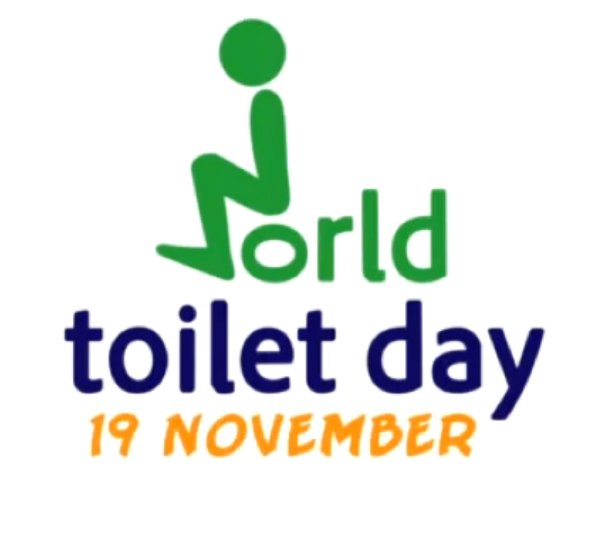Ottawa Citizen, July 16, 2020
Taylor Blewett
Finding a place to answer nature’s call when you’re out in public has become a whole lot harder in the COVID-19 era.
Even with the easing of pandemic restrictions, many businesses and facilities that previously offered publicly-accessible washrooms have yet to reopen their doors. And some that have are keeping their toilets closed.
For anyone looking to spend time away from their home commode, that’s a challenge. Particularly so for those with health issues that require urgent trips to the washroom, women who are pregnant or menstruating, people experiencing homelessness, or anyone else who already struggled with access to the washroom facilities they need.
“In Canada, we’ve really grown up with this culture of publicly-accessible bathrooms that we just kind of get used to using,” said Lezlie Lowe, a freelance journalist and author of No Place to Go: How Public Toilets Fail Our Private Needs.
With the closure of many of these options – in fast food restaurants, libraries, retail stores – “This is a moment where municipalities and citizens really can actually understand, because they can feel it, lack of access or compromised access,” said Lowe.
When the COVID-19 lockdown was at its most stringent, the washroom situation became so dire that the City of Ottawa installed portable toilets in the downtown core. In April, Ontario’s health minister had to issue a statement urging businesses patronized by truck drivers “to provide necessary facilities for these heroes,” making specific mention of bathroom breaks.
In all fairness to business owners, opening a washroom for public access in the middle of a pandemic isn’t the easiest of undertakings.
In its emergency order related to Stage 2 business closures, Ontario mandated that “The person responsible for a business or place that is open shall ensure that any washrooms made available to the public are cleaned and disinfected as frequently as is necessary to maintain a sanitary environment.”
Meanwhile, the province had very little to offer when asked by this newspaper if it’s released any washroom-specific health and safety practices among the 170-odd guidance documents provided for businesses operating in the COVID-19 era.
The most detailed resource it made available was a guide to COVID-19 workplace safety for outdoor recreation and drive-in/drive-thru entertainment settings, which included a short section about washroom best practices.
“We continue to add more guidance documents and online resources for workplaces to help stop the spread of COVID-19 as we move to future stages of reopening,” said a spokesperson for Ontario’s Ministry of Labour, Training and Skills Development.
At the local level, official guidance around washroom access and maintenance during the pandemic was somewhat easier to come by.
Asked by this newspaper what advice it gives businesses about reopening washrooms to the public, Ottawa Public Health said that decision “would be at the discretion of the individual organization, business or establishment and based on the framework and guidance provided by the province.”
However, OPH went on to provide a list of recommendations for public washroom facilities, including that electronic buttons or sensors be used for sinks, toilets and doors (where possible), that masks be worn inside, and that every other stall or sink be used.
The public health unit is “just putting the finishing touches on a guidance document and will be shared with businesses soon,” according to its spokesperson.
In other jurisdictions, the advice to potential washroom operators is even more prescriptive. In its COVID-19 guidance for park and recreation administrators, the U.S. Centers for Disease Control and Prevention advise that “if possible, restrooms should be open if a park is open for public visitation.”
On a webpage titled “COVID-19 Guidance for Use of Public Washrooms,” the Eastern Ontario Health Unit notes that, “As one of the most important actions to reduce the spread of COVID-19 is handwashing, the benefits of accessing a washroom to facilitate this action far outweighs the potential risks.”
In a number of ways, the COVID-19 pandemic is forcing public washrooms into a spotlight they’ve long deserved but rarely get, according to Lowe.
Not only are people having to consider their lack of access to truly public toilets when they find themselves outside of the house with nowhere to go – they’re also being urged to practice good hand hygiene to prevent the spread of a potentially-deadly virus, and “bathrooms are the places we practice hand hygiene,” Lowe pointed out.
“So bathrooms, actually – it’s like we need them even more now.”


